 |
 |
 |
| |
Coronary Calcium Scores Similar in HIV+ People and Matched HIV- Controls - Florida community infectious disease office
|
| |
| |
ICAAC 2014. September 5-9, 2014. Washington, DC
Mark Mascolini
Coronary calcium scores, a signal of coronary artery disease, did not differ significantly between a group of middle-aged HIV-positive men and women on long-term antiretroviral therapy and matched HIV-negative controls, all of whom had computed tomographic angiography (CTA) to determine calcium levels [1]. The findings are at odds with other studies comparing HIV-positive men and HIV-negative men who had CTA interpreted in a different way.
HIV-positive people have about a 2-fold higher rate of coronary artery disease than contemporaries in the general population [2,3], possibly because of risk factors including the inflammatory effects of HIV, antiretroviral therapy, and high smoking rates in HIV populations.
To further the understanding of coronary artery disease risk in people with HIV, researchers at Florida State University College of Medicine conducted this cross-sectional comparison of a middle-aged HIV group and HIV-negative people matched by age, race, and gender. Everyone with HIV had taken antiretrovirals for at least 5 years, and everyone was 35 to 50 years old. Everyone with and without HIV had CTA to yield a coronary calcium score in which 0 indicates no atherosclerosis, 1-10 indicates minimal risk, 11-100 mild risk, 101-400 moderate risk, and above 400 high risk.
The researchers used sophisticated statistical methods involving a two-part Bayesian model. They took this approach, they explained, "to accommodate the zero-inflated continuous response of total calcium score from the CT scan." First, they modeled the response as a binary variable (no calcium = 0, calcium present = 1) in a Bayesian logit model adjusted for risk variables. Second, they modeled calcium scores greater than the 0 with the same variables used in the first model, assuming the error terms had a log-normal distribution. In these types of analyses, one considers a difference statistically significant if the confidence interval does not cross 0.
The investigators recruited 38 HIV-positive people (24 men and 14 women) from an infectious disease practice and 40 HIV-negative controls (24 men and 16 women) from a cardiology practice in the same community. Age averaged 45 in both groups, and almost two thirds were white. Half of the HIV group smoked, compared with 40% of controls, but this difference was not significant. Body mass index was significantly lower in the HIV group (average 26.9 versus 32 kg/m2). The groups did not differ in proportions with hypertension, current statin treatment, or diabetes, or with a family history of coronary artery disease. The HIV group had HIV for an average 15.7 years, had taken antiretrovirals for an average 13.6 years, and had an average CD4 count of 697.
Calcium score did not differ significantly between the HIV-positive and negative groups (confidence interval -1.014 to 1.382 in the logit regression model and -1.117 to 1.267 in the log normal model).
Only one factor in the logit regression model predicted a higher total calcium score, being a man (confidence interval -2.695 to -0.229). And only one factor in the log-normal model predicted a higher total calcium score, having diabetes (confidence interval 0.387 to 2.859). Factors that did not predict calcium score in these models were HIV, age, body mass index, family history of coronary artery disease, hypertension, smoking, and being white versus black or Hispanic.
The researchers suggested the lack of an association between HIV and calcium score may reflect the relatively young age of the population (average 45). But in three studies by Steven Grinspoon's Boston team that did see higher calcium scores and more dangerous plaques in HIV-positive men than in an HIV-negative comparison group [4-6], ages were similar to the Florida group, averaging 46.5 [4], 46 [5], and 48 [6].
A more telling difference between the Florida study and the Boston studies may be that women made up a little over one third of the Florida group, while all Boston studies involved only men. And as the Florida results confirmed, men had higher calcium scores. Also, because the Florida team recruited HIV-negative controls from a cardiology practice, they probably do not represent the general population in terms of cardiovascular risk.
The Florida investigators observed that their study may be underpowered. Because they did no power analysis before collecting data, "there is no way to know if our sample size was sufficient." The Boston studies were about twice as big.
At the same time, the findings cannot be dismissed because of these limitations. Much recent evidence links antiretroviral therapy and lower HIV loads to a lower heart disease risk [7], perhaps because (1) controlling viral replication improves endothelial function, (2) antiretroviral therapy lowers levels of inflammation and immune activation, and (3) new antiretroviral regimens have more favorable metabolic and morphologic profiles [8].
References
1. Dahya V, Nandra K, Chalasani P, et al. Utilizing computed tomographic angiography to evaluate coronary artery disease in patients on long-term antiretroviral therapy. ICAAC 2014. September 5-9, 2014. Washington, DC. Abstract H-1646a.
2. Obel N, Thomsen HF, Kronborg G, et al. Ischemic heart disease in HIV-infected and HIV-uninfected individuals: a population-based cohort study. Clin Infect Dis. 2007;44:1625-1631. http://cid.oxfordjournals.org/content/44/12/1625.long
3. Islam FM, Wu J, Jansson J, Wilson DP. Relative risk of cardiovascular disease among people living with HIV: a systematic review and meta-analysis. HIV Med. 2012;13:453-468.
4. Lo J, Abbara S, Shturman L, et al. Increased prevalence of subclinical coronary atherosclerosis detected by coronary computed tomography angiography in HIV-infected men. AIDS. 2010;24:243-253.
5. Fitch KV, Lo J, Abbara S, et al. Increased coronary artery calcium score and noncalcified plaque among HIV-infected men: relationship to metabolic syndrome and cardiac risk parameters. J Acquir Immune Defic Syndr. 2010;55:495-499.
6. Zanni MV, Abbara S, Lo J, et al. Increased coronary atherosclerotic plaque vulnerability by coronary computed tomography angiography in HIV-infected men. AIDS. 2013;27:1263-1272.
7. Mascolini M. Antiretroviral therapy: from heart risk factor to heart protector? Research Initiative, Treatment Action. 2013;18:51-69. http://centerforaids.org/publicationsrita.html
8. Currier JS, Lundgren JD, Carr A, et al. Epidemiological evidence for cardiovascular disease in HIV-infected patients and relationship to highly active antiretroviral therapy. Circulation. 2008;118:e29-e35. Erratum in Circulation. 2008;118:e108. http://circ.ahajournals.org/content/118/2/e29.long
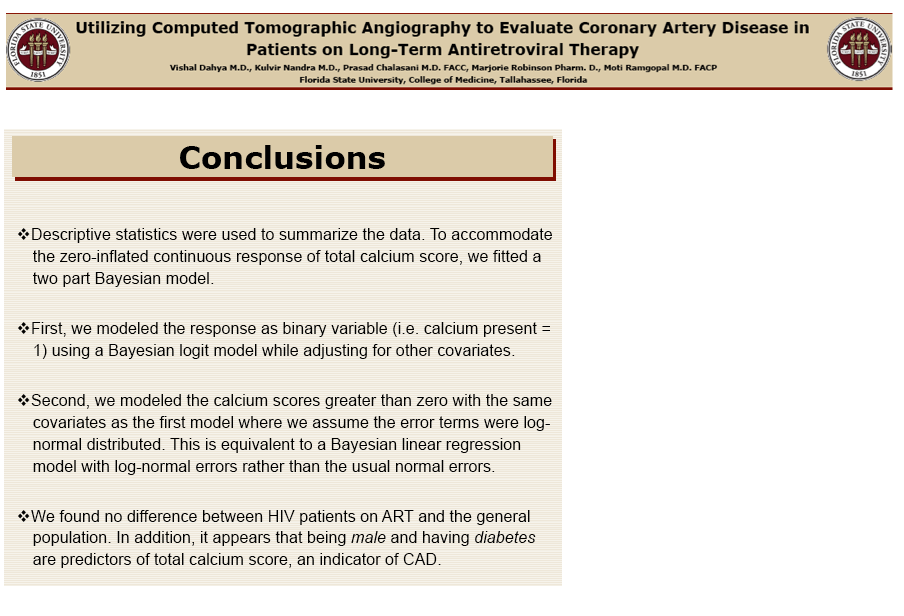
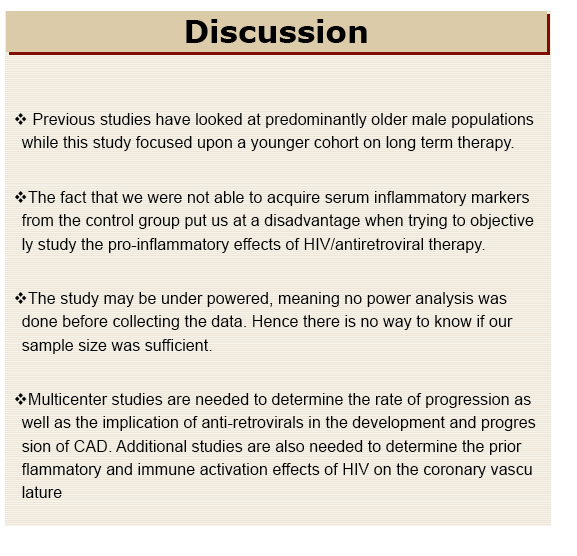
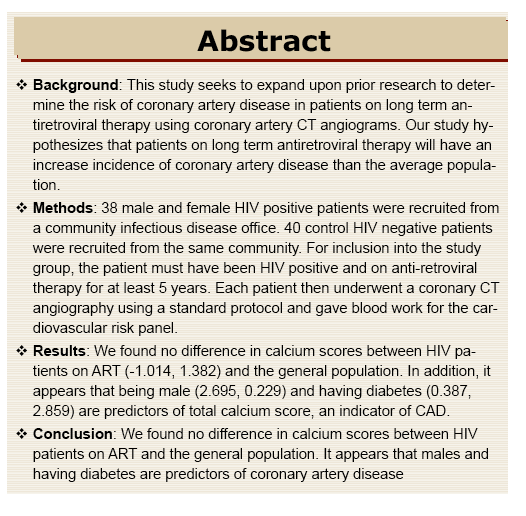
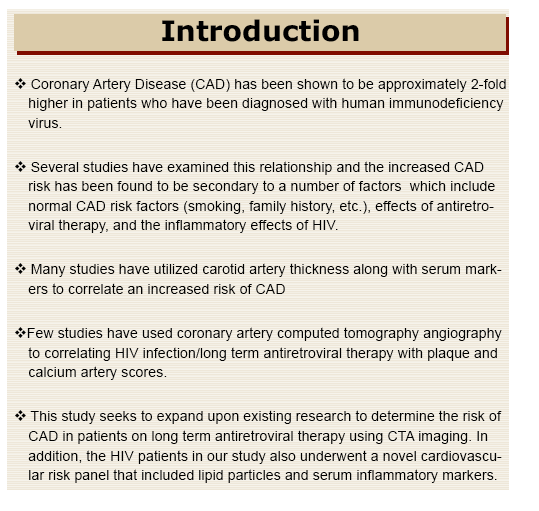
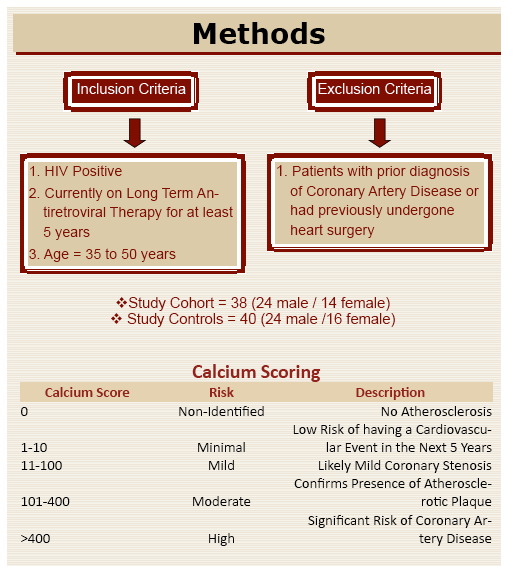



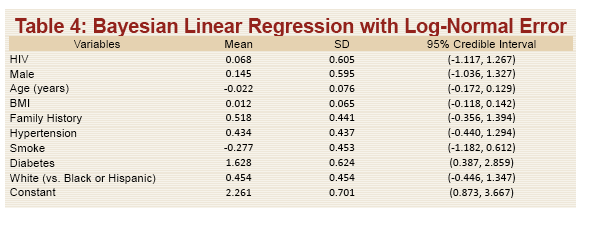
|
| |
|
 |
 |
|
|